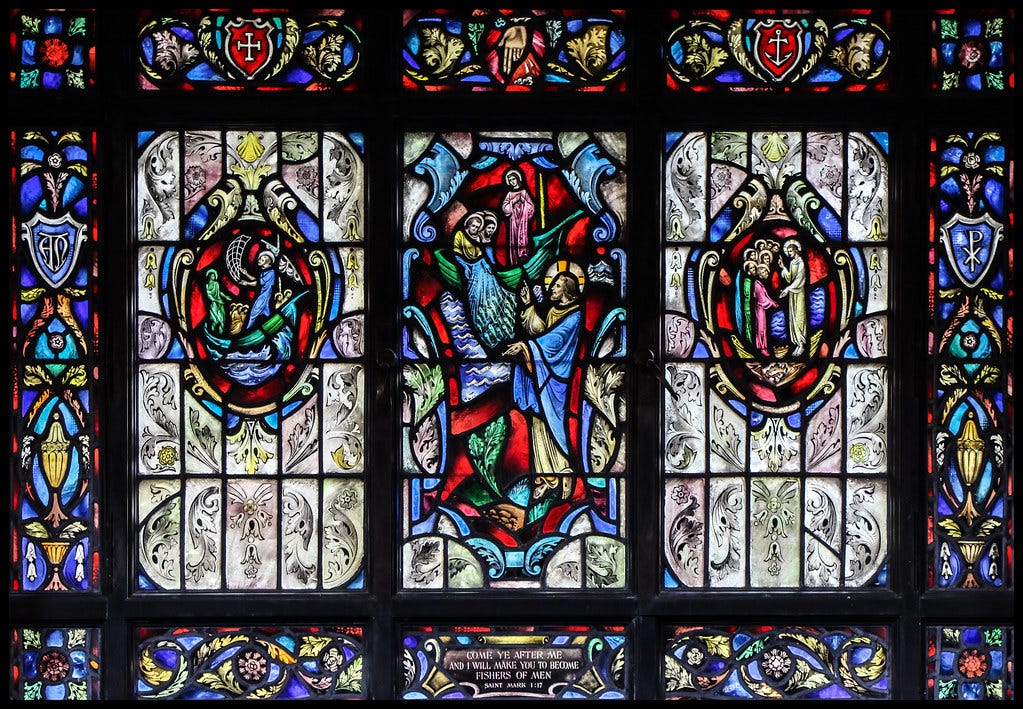Introduction
Some years ago, I taught in a Catholic secondary school, which made use of a House system named after Catholic saints. One of the Houses in the school was named after Caroline Chisholm (1808-1877), in anticipation of the canonisation of this remarkable Catholic woman.
At one time in its story, Chisholm House adopted as its motto, “Just do it,” which they borrowed from Nike. The House Coordinator wanted the young people in his care to see Caroline Chisholm as a woman of action. The Australian writer Rodney Stinson describes her as a woman who believed that undertaking public charitable work was her special vocation (2009, p.13).
She was indeed a woman of action, however, her actions came after periods of reflection and prayer. Caroline Chisholm’s life exemplified faith in action, but always accompanied by others and with the intention of transforming the lives of those who experienced injustice in society. Stinson summarised her legacy as “reformed and changed lives, united families, happy homes and, especially for Caroline, a saintly model of Christian commitment and untiring, resourceful service” (p.17).
When the bishops of the Catholic Church gathered in Rome in 1962 for the Second Vatican Council, they prayed that their actions would lead to a stronger, more faithful and mission-oriented society. Towards the end of the Council, in 1965, they released a document that focused on the work of the laity in the Church and in the world. The document, known as the Decree on the Apostolate of the Laity (Apostolicam Actuositatem), acknowledges the unique role of the lay person in the Church and in the world. One statement, in particular, seems to reflect the life, work and faith of Caroline Chisholm:
… in collaborating as citizens of this world, in whatever pertains to the upbuilding and conducting of the temporal order, the laity must seek in the light of faith loftier motives of action in their family, professional, cultural, and social life and make them known to others when the occasion arises. Doing this, they should be aware of the fact that they are cooperating with God the creator, redeemer, and sanctifier and are giving praise to Him. (AA, n.16)
I raise this aspect of action in the lay apostolate because the third step or stage of the Review of Life method (See, Judge, Act) is meant to be carried out as a prayerful act, as the Fathers of the Vatican Council assert, in cooperation “with God the creator, redeemer, and sanctifier.” May your use of this Gospel Enquiry be a prayer of praise to God through Jesus, our brother.
The Gospel
Jesus was standing one day by the Lake of Gennesaret, with the crowd pressing round him listening to the word of God, when he caught sight of two boats close to the bank. The fishermen had gone out of them and were washing their nets. He got into one of the boats – it was Simon’s – and asked him to put out a little from the shore. Then he sat down and taught the crowds from the boat.
When he had finished speaking he said to Simon, ‘Put out into deep water and pay out your nets for a catch.’ ‘Master,’ Simon replied, ‘we worked hard all night long and caught nothing, but if you say so, I will pay out the nets.’ And when they had done this they netted such a huge number of fish that their nets began to tear, so they signalled to their companions in the other boat to come and help them; when these came, they filled the two boats to sinking point.
When Simon Peter saw this he fell at the knees of Jesus saying, ‘Leave me, Lord; I am a sinful man.’ For he and all his companions were completely overcome by the catch they had made; so also were James and John, sons of Zebedee, who were Simon’s partners. But Jesus said to Simon, ‘Do not be afraid; from now on it is men you will catch.’ Then, bringing their boats back to land, they left everything and followed him. (Luke 5:1-11)
The Enquiry
See
What happens in this story? What is revealed about Jesus in this story?
What is the impact of Jesus’ miracle on Simon, James and John?
Why does Jesus perform the miracle?
Judge
What do you think about this story? What is there in the story that you find hard to accept? How do you resolve this issue in your own mind?
What is your ideal story of the call to be a disciple of Jesus?
How does Jesus challenge your perception of your own Christian vocation through the way he called his first apostles?
Act
So, what do you want to change in yourself and in the world?
What small action can you carry out that will contribute to the change you want to see?
Who can you involve in your action, when, where and how often?
Image Source: Fr Lawrence Lew OP (Creator), Stained glass window from the Naval Academy Chapel, Annapolis, Flickr, CC BY-NC-ND 2.0
Worth reading: Stinson, R. (2009). See, Judge, Act: Caroline Chisholm’s Lay Apostolate. Sydney: Yorkcross Pty Limited.
The Decree on the Apostolate of the Laity can be found on the Vatican website and you can access it from here.


